Thyme Seed
$0.22
Growing a Thyme Plant is pretty easy! It’s not as difficult as it may seem, and if you are interested in growing a perennial herb, a great place to start is at home garden center. Growing a Thyme Plant is easy too! It is best as an annual, and it does take up quite a bit of space in your yard. It’s pretty low maintenance, yet very high in impact and benefits. For those of you who have never grown a Thyme Plant, here are some of the best benefits of a Thyme Plant:
Fresh Herbs – If you grow Thyme Plants, there’s no reason not to enjoy the most wonderful smelling herbs you can find! Growing thyme plant takes very little effort, it takes up very little space, and you get a huge amount of aromatic, flavorful fresh herbs every year. With herbs you want them fresh, but when you grow a Thyme Plant you also get a rich variety of different fresh herbs! When it comes to flavor, Thyme is second to none. There are many different ways to use thyme, it is great as a spice, a garnish, and a great way to improve your taste buds!
Out of stock

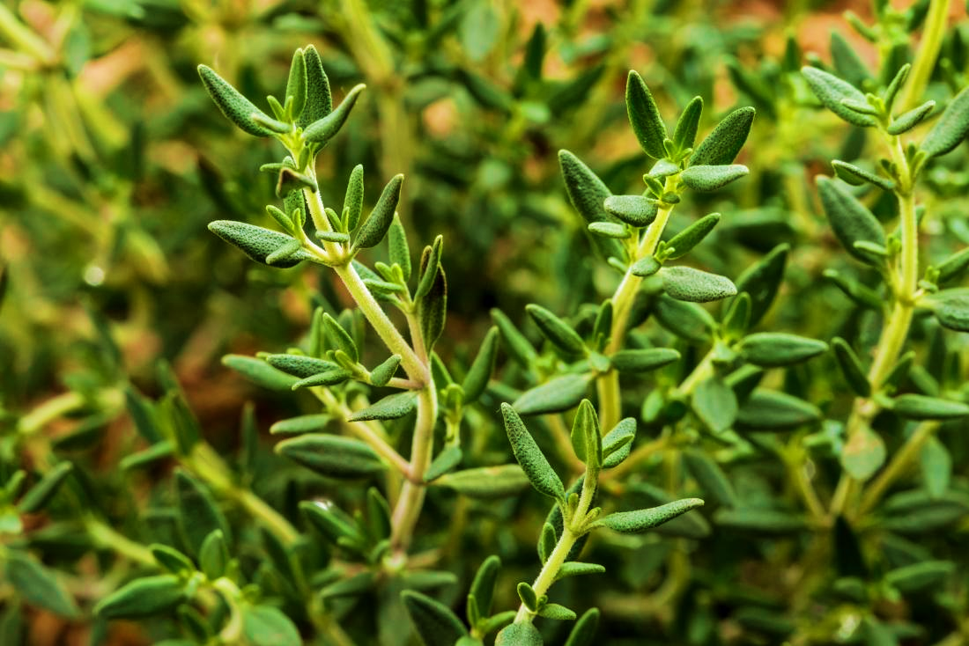
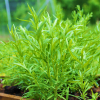

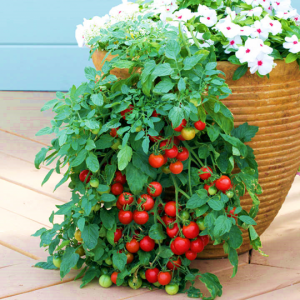
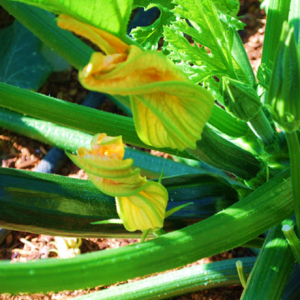
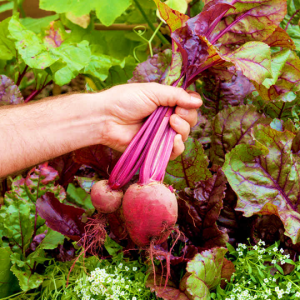
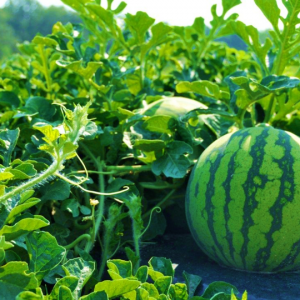
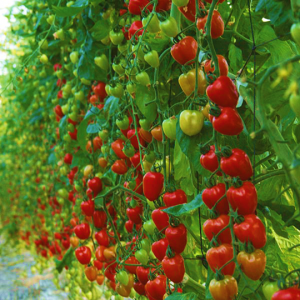
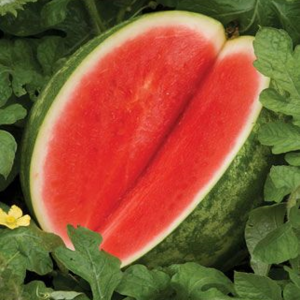
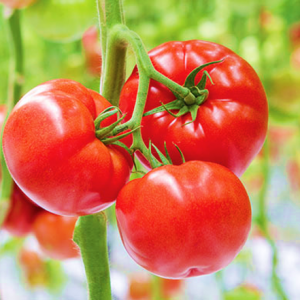
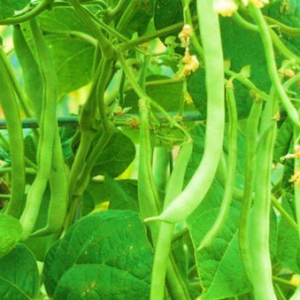
Reviews
There are no reviews yet.